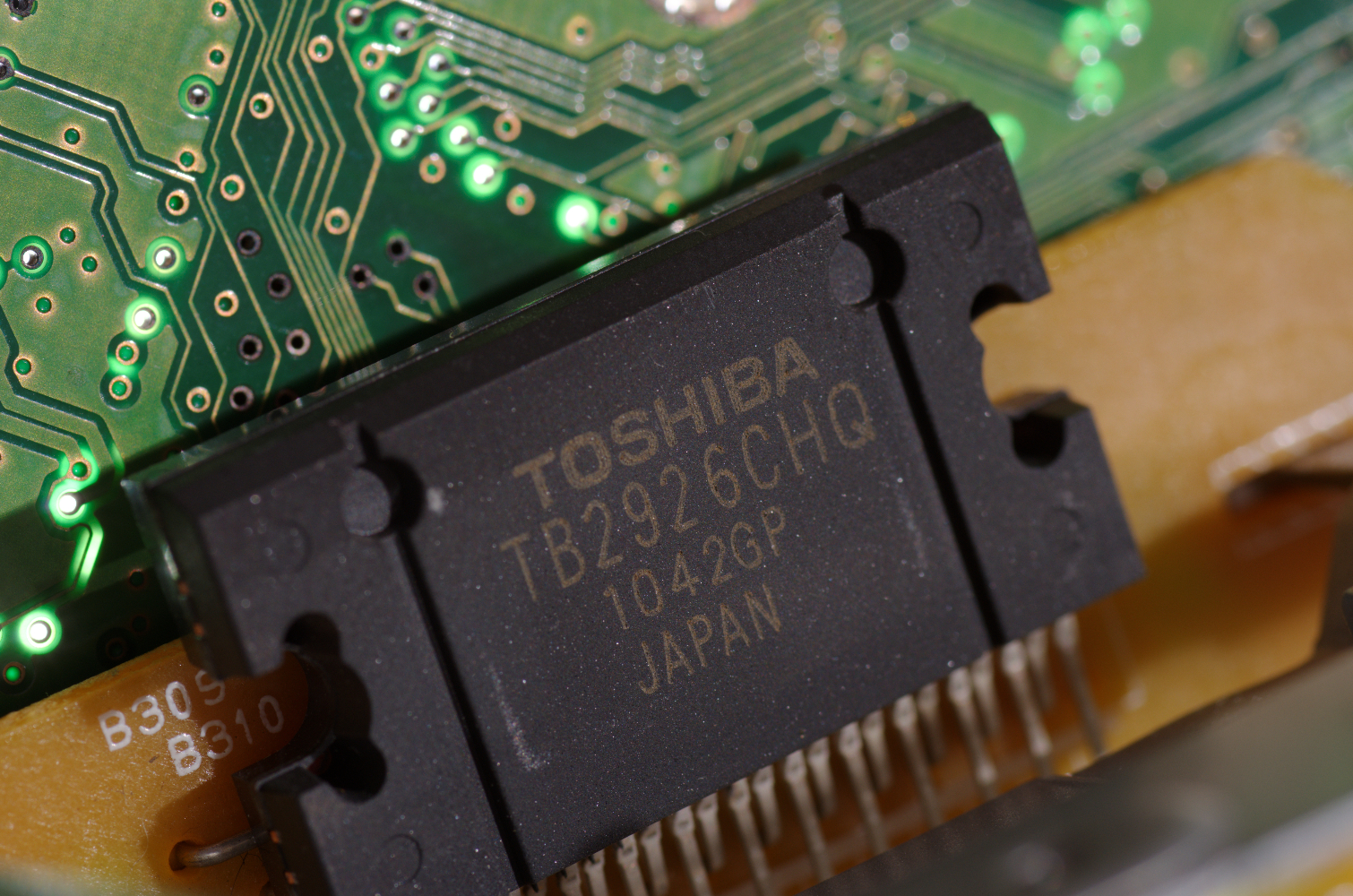Toshiba's Power Outage Is Expected to Raise NAND, DRAM Prices (Updated)
Update, 7/22/19, 6:20 a.m. PT: KBS World Radio, citing "industry sources" and DRAMeXchange data, said that DRAM prices rose by roughly 20% between July 5 and July 20. The report said the spot price of 8Gb DDR4 DRAM averaged $3.74 on the market's close last week. That's roughly 23% higher than it was on July 5--which is the day after Japan started regulating exports to Korea in response to the Toshiba power outage--and 14% higher than it was on July 13.
These price increases weren't attributed to changes in supply and demand, according to KBS World Radio's anonymous sources, so they likely stemmed from some combination of Toshiba's power outage and Japan's export controls. If either leads to actual production delays or supply issues (which DRAMeXchange seemed to think was unlikely) DRAM prices could rise even higher still.
Original article, 7/16/19, 7:40 a.m. PT:
DRAMeXchange said today that a June power outage at Toshiba's production base could lead to increases in NAND and DRAM prices. Those increases are expected to be short-lived, however, depending on how much flash memory companies already have in their inventories.
NAND and DRAM prices have both declined in recent months. Manufacturers have tried to maintain their pricing by limiting production, but even with those countermeasures, demand hasn't been high enough to support the margins flash memory companies once enjoyed. People simply aren't buying enough desktops, notebooks, and smartphones for device manufacturers to work through their NAND and DRAM stock.
That was expected to change when a June 15 power outage stopped production at Fab 2, Fab 3, Fab 4, Fab 5 and Fab 6 for 13 minutes. Any disruption can lead to serious problems for companies like Toshiba; now we're starting to feel the effects of this seemingly brief shutdown. And it's not just because of production delays, either, as DRAMeXchange explained in the Market View report published today.
The increases won't just result from an electric issue at Toshiba's production base; they'll also arrive via political intervention. Japan announced that it "will be controlling South Korea-bound exports of three key materials used in the manufacturing of semiconductors, smartphones, and panels," DRAMeXchange said, which led "module manufacturers in the memory industry downstream to give higher quotes."
Get Tom's Hardware's best news and in-depth reviews, straight to your inbox.
But the good news is that DRAMeXchange (and parent company TrendForce) believe these price increases will be resolved in the long term. NAND is expected to be affected more, with the firm saying prices could increase as early as this month, but manufacturers are sitting on two to three months of inventory already. Some could use their existing NAND stock long enough to avoid raising the prices of end products.
DRAM prices will probably be affected less, DRAMeXchange said, because companies are sitting on more than three months of inventory. That and the perception that "overall end demand still seems to be rather weak" for systems, smartphones, etc. led the firm to predict "a continual sliding of contract prices for PC, server and mobile DRAMs at the beginning of 3Q with no signs of reversal as of yet."

Nathaniel Mott is a freelance news and features writer for Tom's Hardware US, covering breaking news, security, and the silliest aspects of the tech industry.
-
BulkZerker Didnt this "accidentally" happen before when memory prices were finally getting to the point a person could get 32gb of memory for less than $200?Reply
https://www.tomshardware.com/news/samsung-power-outage-flash-pyeongtaek,36670.htmlhttp://www.digitimes.com/news/a20100325PD210.html
Yea, it did, twice.
